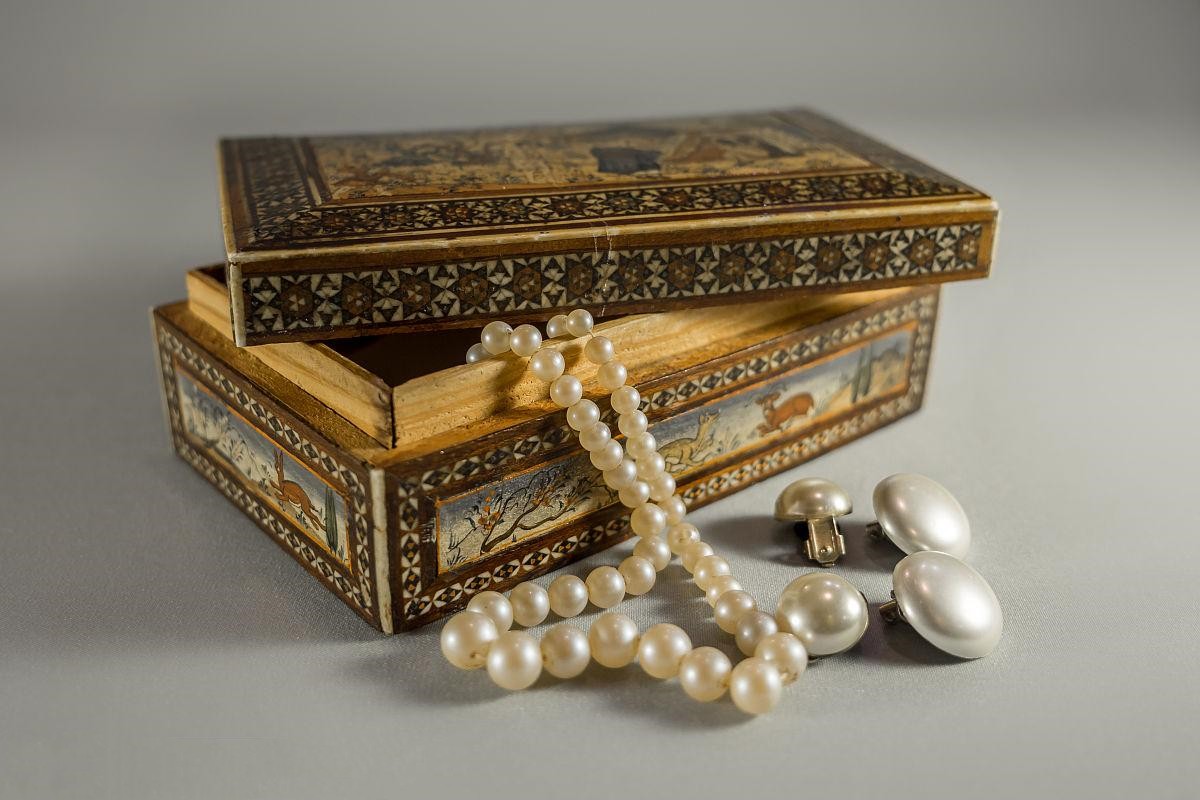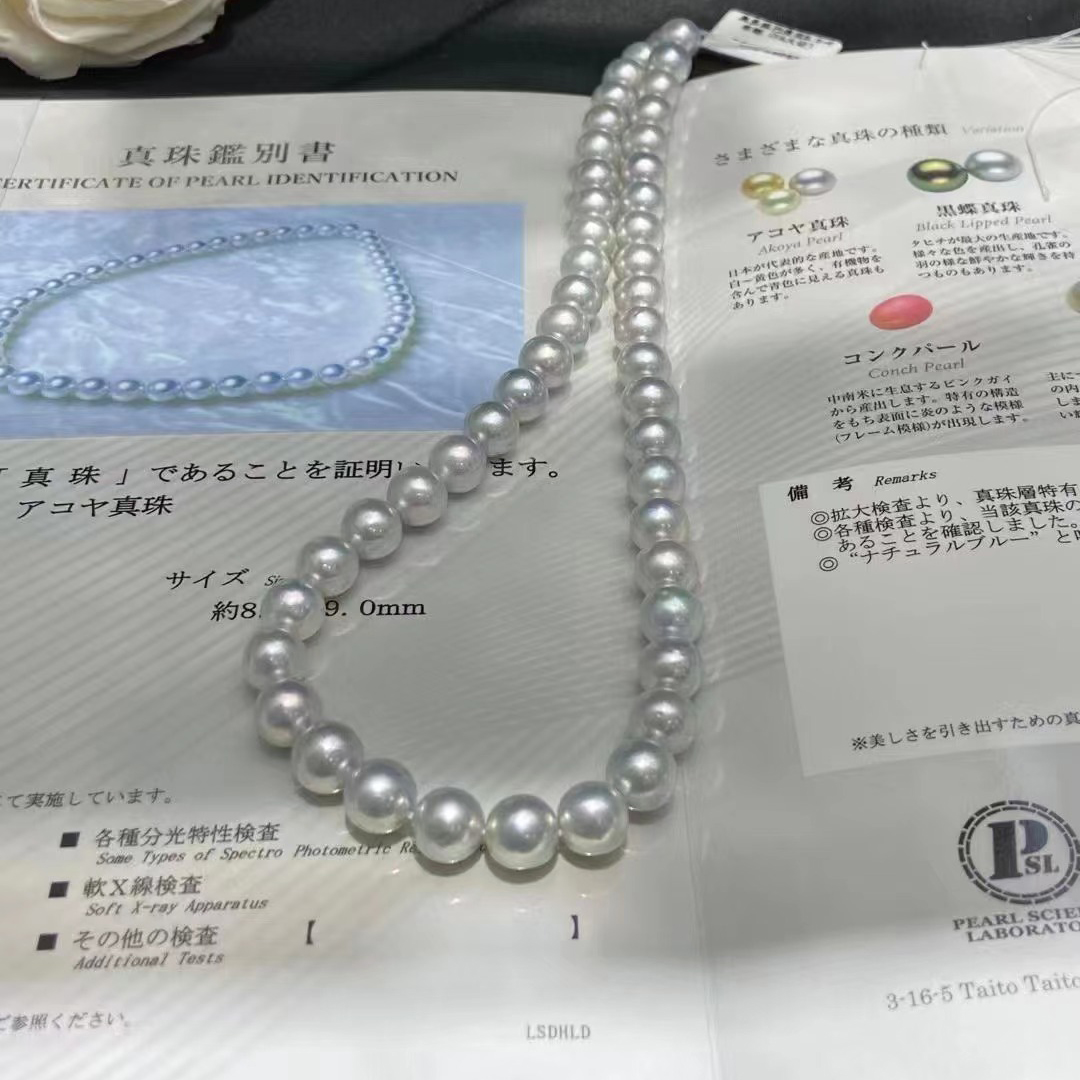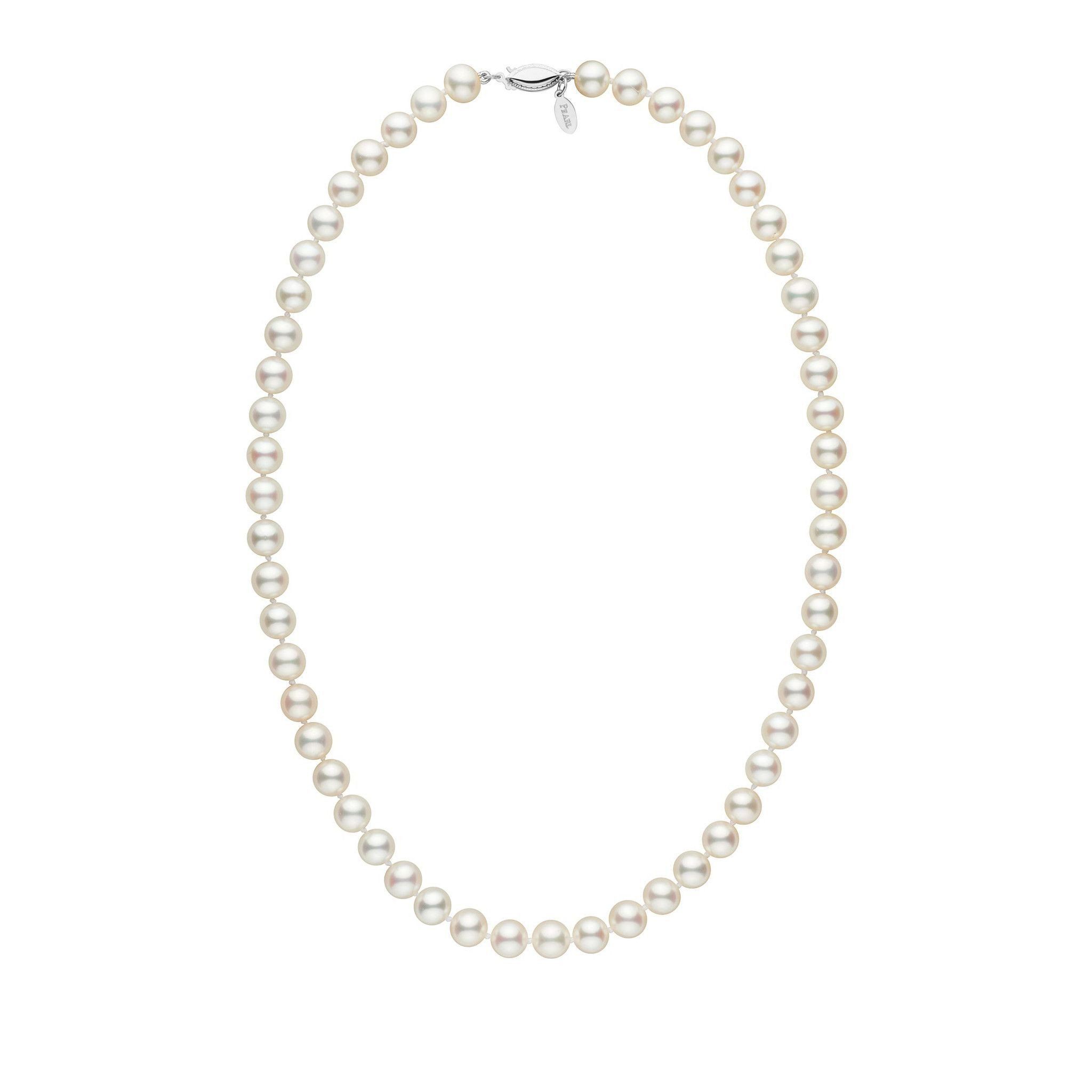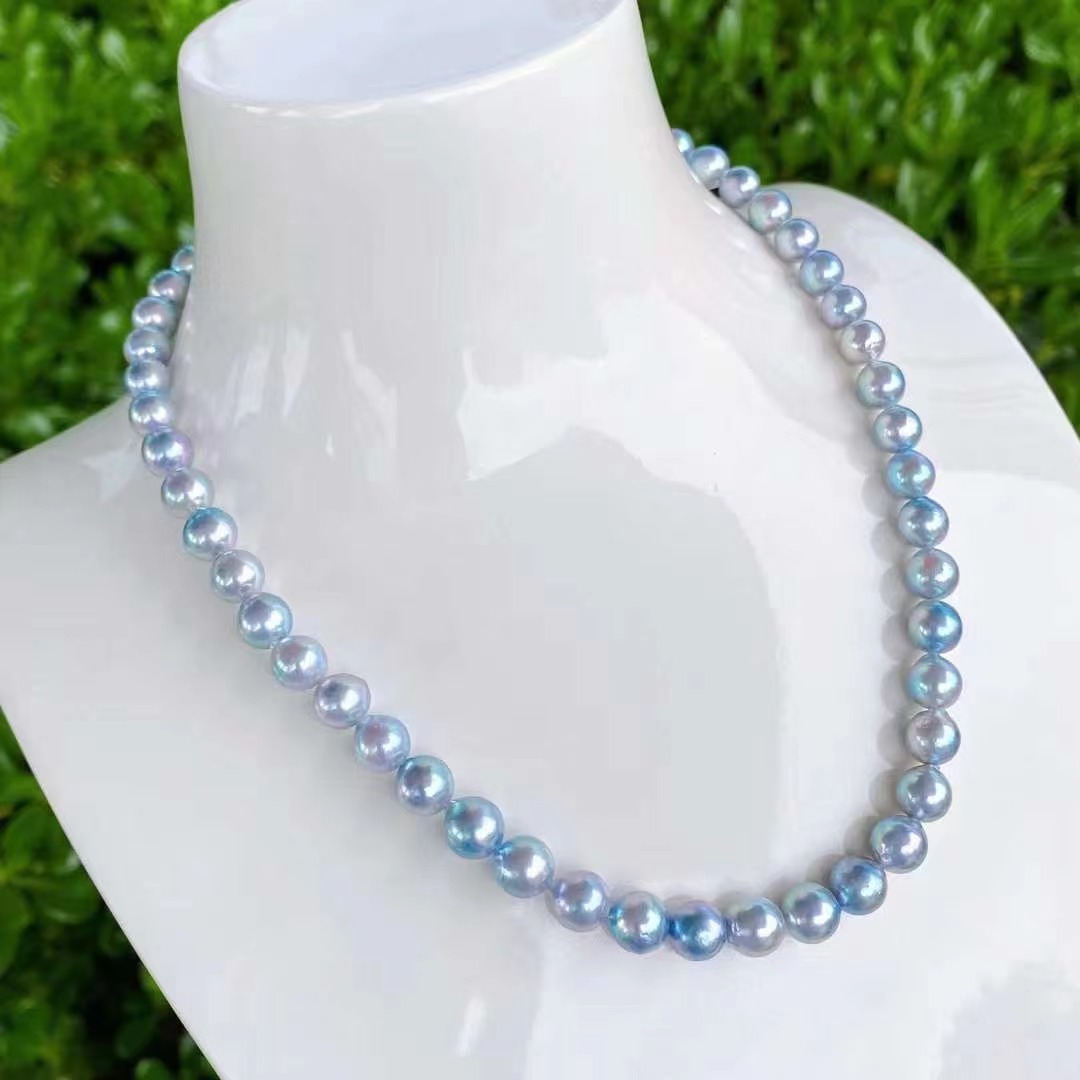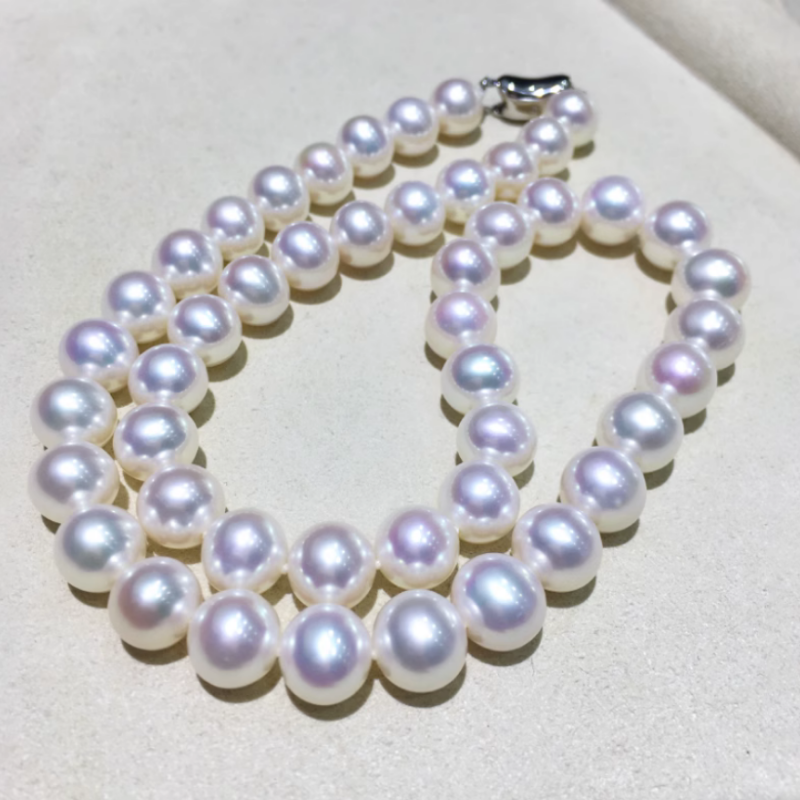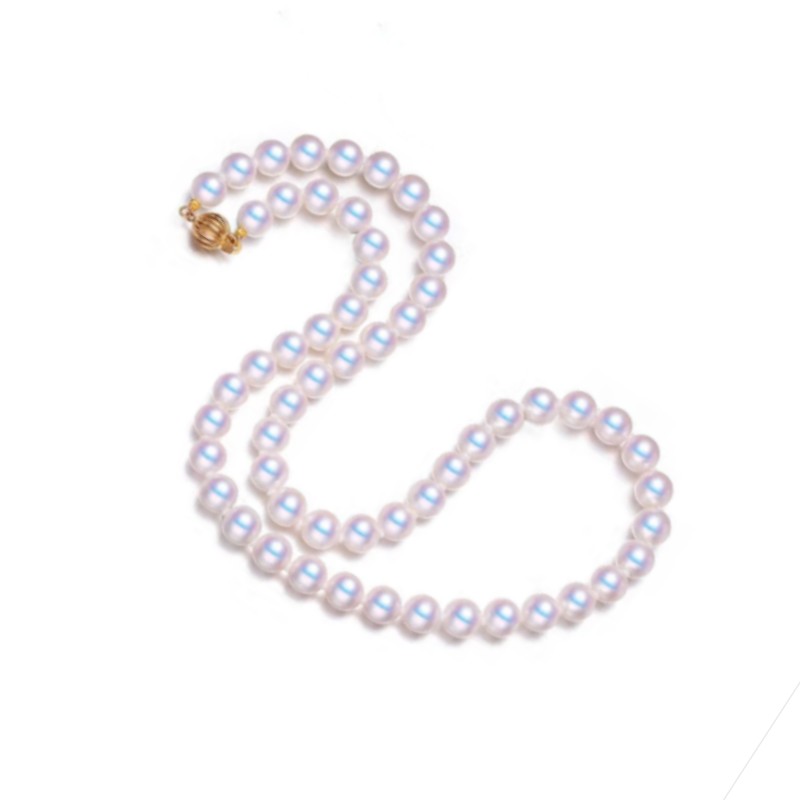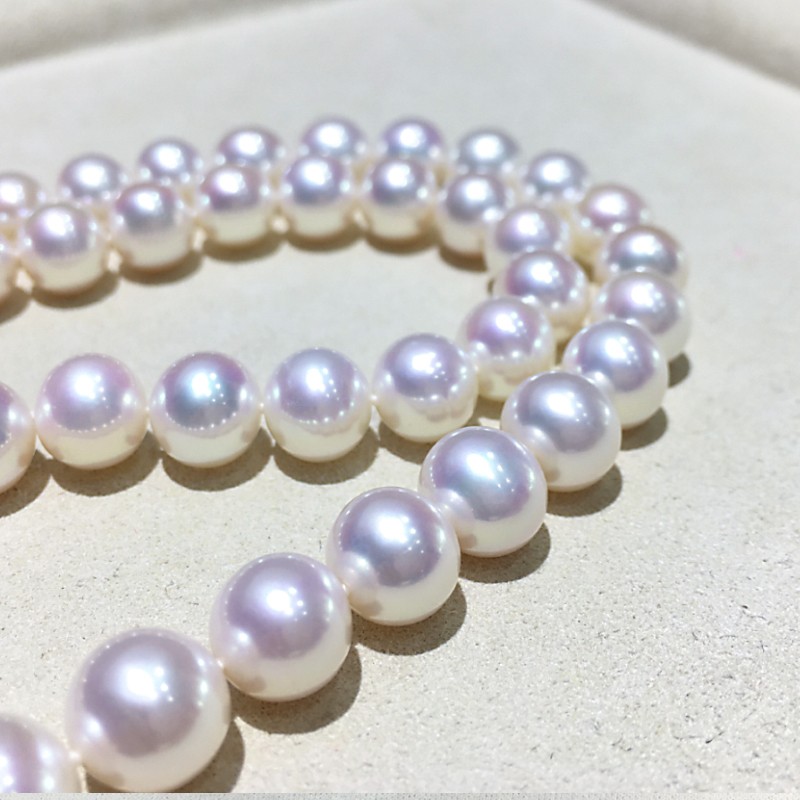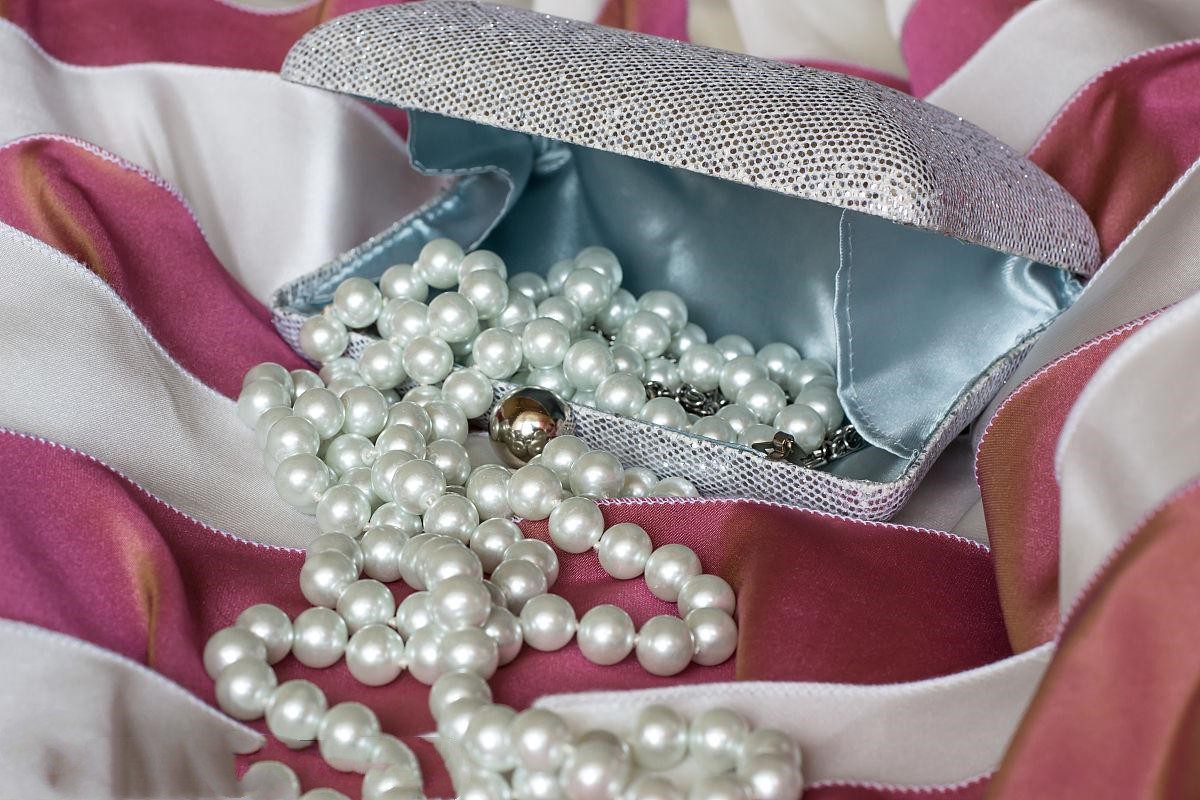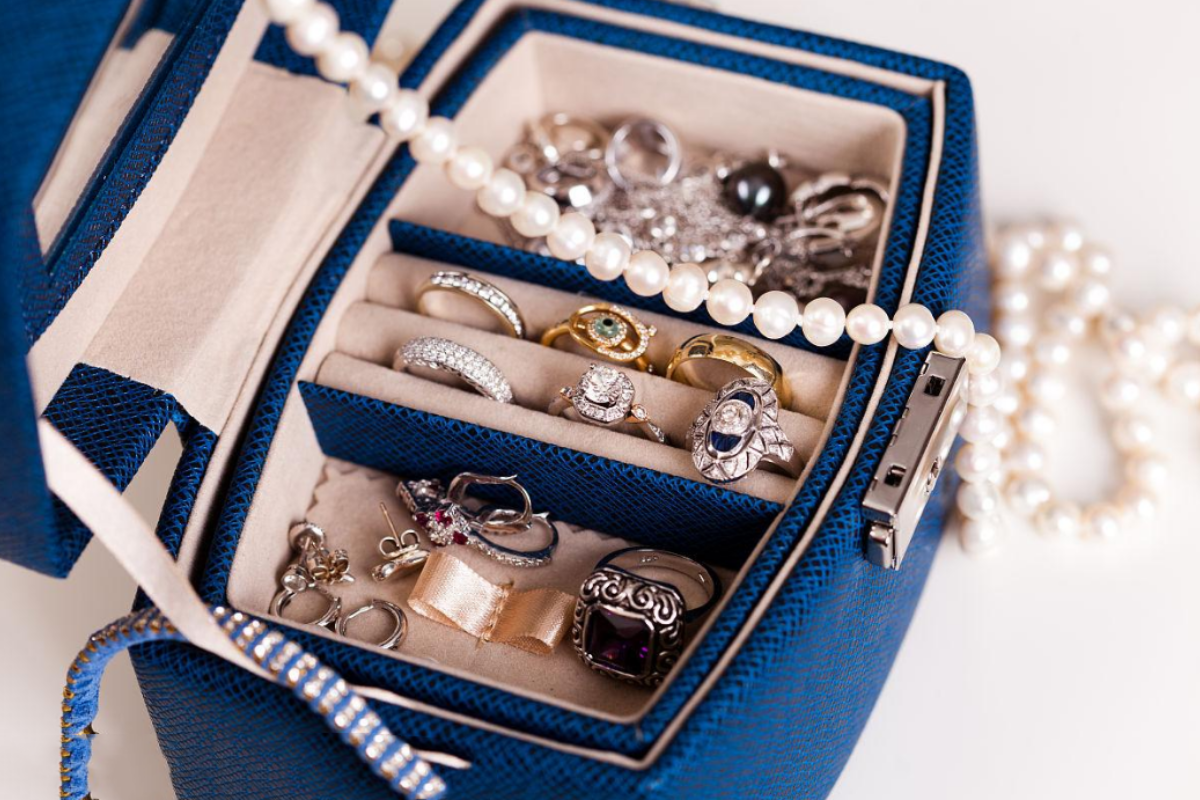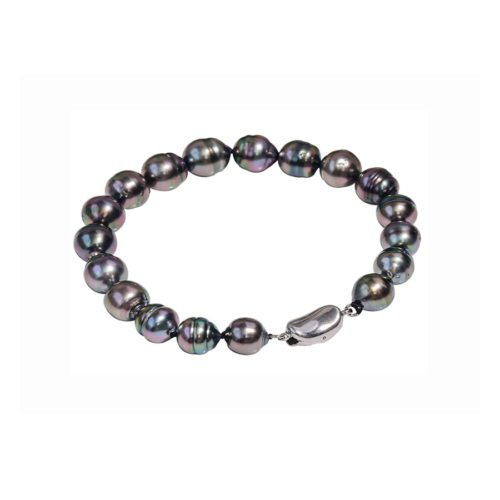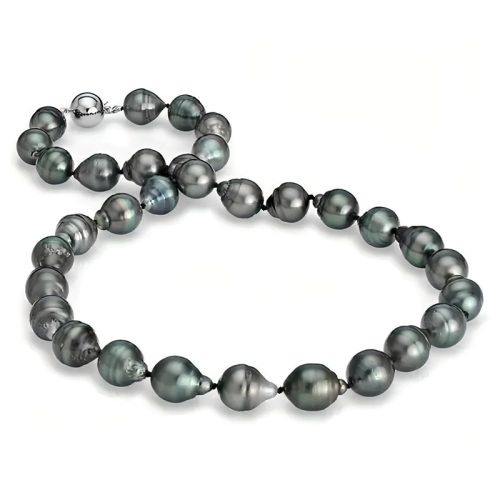The Exquisite Elegance of AKOYA Pearls: A Comparison with Other Pearls
Introduction to AKOYA Pearls
When it comes to timeless beauty and sophistication, few gems can rival the elegance of AKOYA pearls. These lustrous gems have captivated jewelry enthusiasts for centuries, and their allure continues to endure. AKOYA pearls are renowned for their exceptional quality, radiant luster, and perfect round shape. In this article, we will explore the unique characteristics of AKOYA pearls and compare them with other popular types of pearls, namely freshwater pearls, Tahitian pearls, and South Sea pearls.
Types of Pearls
AKOYA Pearls
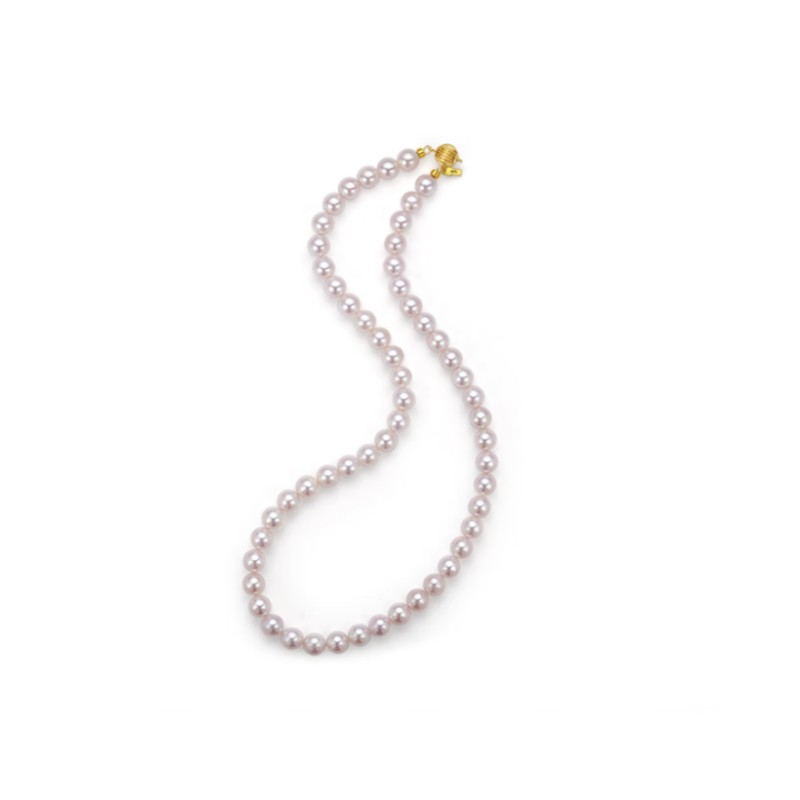
AKOYA pearls are cultured pearls that are primarily sourced from saltwater oysters in Japan and China. These pearls are known for their remarkable roundness, smooth surface, and brilliant luster. AKOYA pearls are typically white or cream in color, with a stunning iridescence that sets them apart. They are highly coveted for their uniformity and classic elegance, making them a popular choice for pearl jewelry.
Freshwater Pearls
In contrast to AKOYA pearls, freshwater pearls are cultivated in freshwater mussels. They are commonly found in rivers, lakes, and ponds. Unlike AKOYA pearls, which are usually round, freshwater pearls come in various shapes, such as oval, button, or baroque. While their irregular shapes may lack the uniformity of AKOYA pearls, they possess a unique charm and natural appeal. Freshwater pearls are available in a wide range of colors, including white, pink, lavender, and even metallic shades.
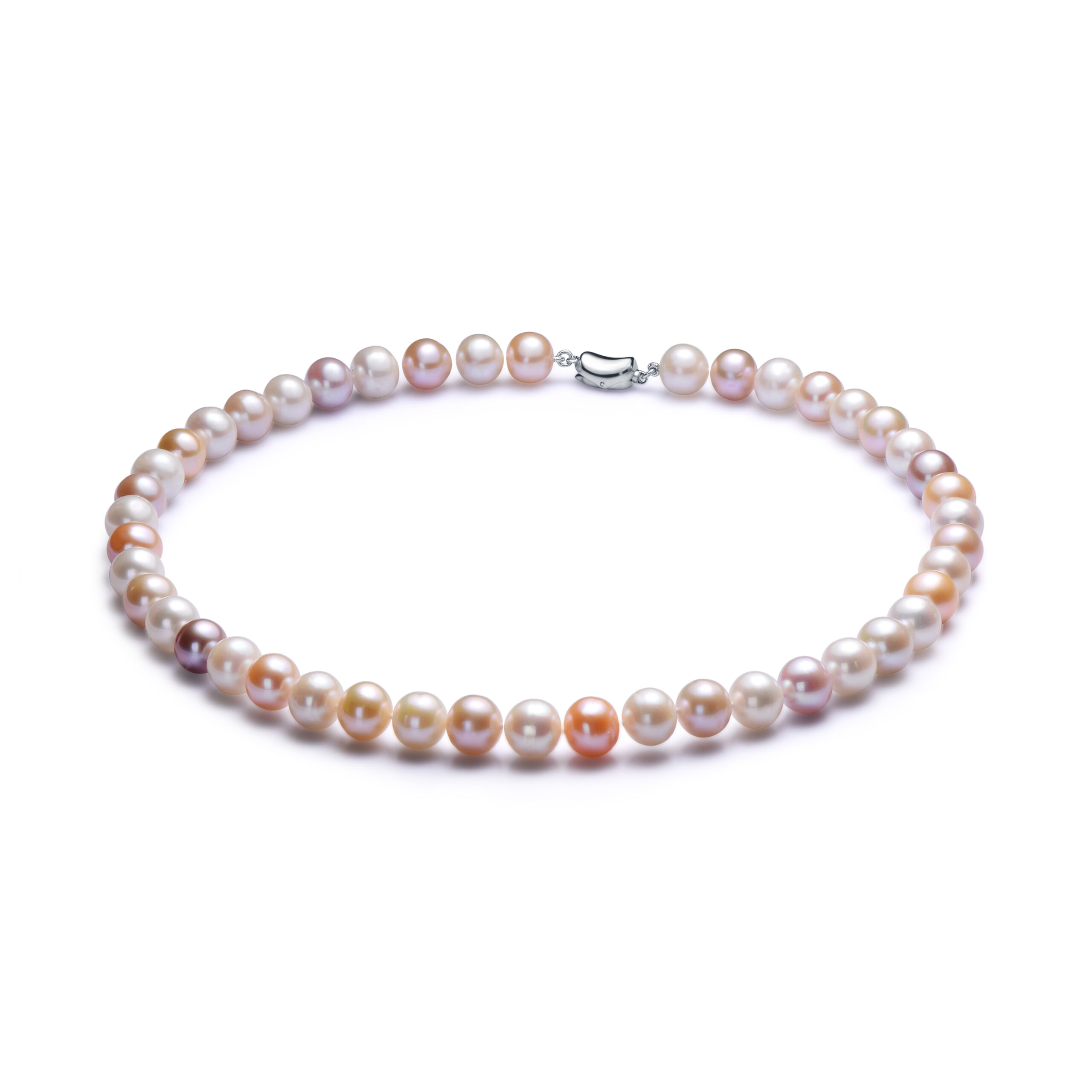
Comparison of AKOYA Pearls with Freshwater Pearls
While both AKOYA pearls and freshwater pearls are cultivated in mollusks, they differ significantly in terms of shape, luster, and color. As mentioned earlier, AKOYA pearls are prized for their roundness, which is a result of their cultivation process. On the other hand, freshwater pearls exhibit a more varied shape, with irregularities that contribute to their organic appeal.
In terms of luster, AKOYA pearls generally have a higher shine and reflectivity compared to freshwater pearls. The dense nacre of AKOYA pearls allows them to exhibit a brilliant luster, making them appear more polished and refined. Freshwater pearls, while still possessing a natural glow, may have a softer luster.
When it comes to color, AKOYA pearls are predominantly white or cream, while freshwater pearls offer a wider spectrum of shades. This diversity in color allows for more creative and playful jewelry designs with freshwater pearls, catering to those seeking a unique and personalized accessory.
Tahitian Pearls
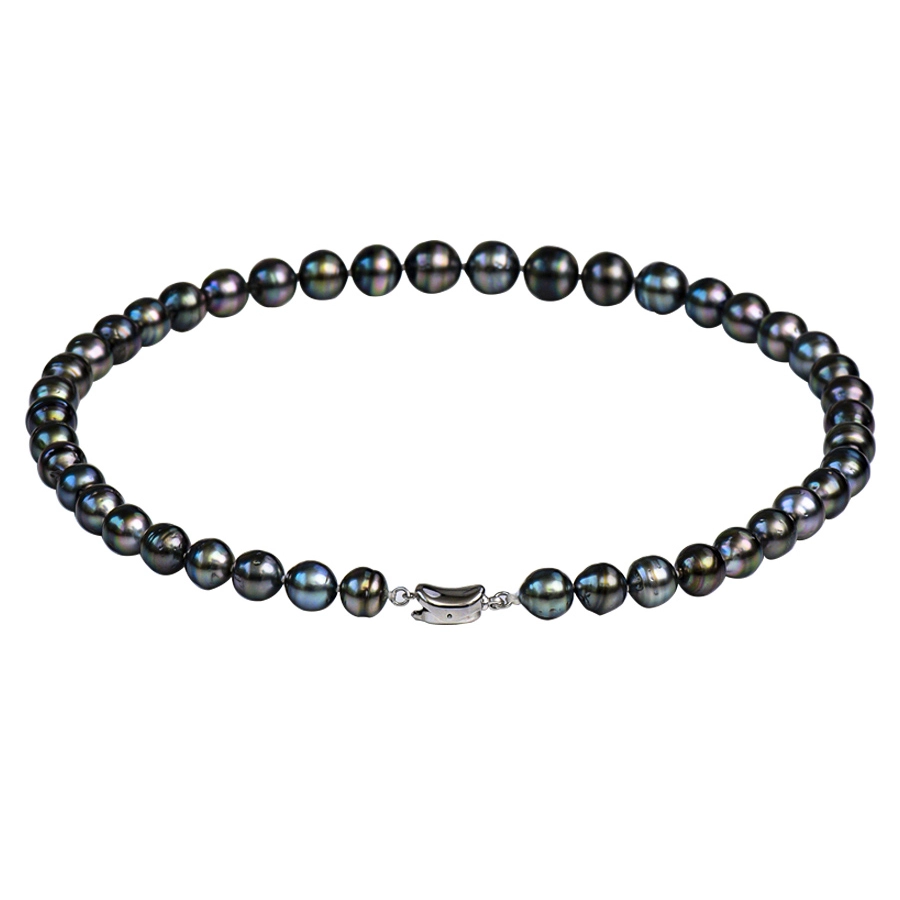
Tahitian pearls, also known as black pearls, are cultivated in French Polynesia. These pearls are renowned for their dark colors, ranging from black to gray, with overtones of green, blue, or purple. Tahitian pearls have a distinctive iridescence, often referred to as the “peacock effect.” These pearls are larger in size compared to AKOYA pearls, making them a bold statement in jewelry. Their unique colors and exotic origins make Tahitian pearls highly sought after by collectors and fashion enthusiasts.
Comparison of AKOYA Pearls with Tahitian Pearls
AKOYA pearls and Tahitian pearls are distinct in terms of color, size, and overall aesthetic. While AKOYA pearls are known for their white or cream hues, Tahitian pearls encompass a mesmerizing range of dark colors, including black, gray, and peacock tones. The rich and exotic color palette of Tahitian pearls adds a sense of drama and intrigue to jewelry pieces.
In terms of size, AKOYA pearls are generally smaller compared to Tahitian pearls. AKOYA pearls typically range from 6 to 8 millimeters, whereas Tahitian pearls can range from 8 to 16 millimeters or more. The larger size of Tahitian pearls allows for more statement-making jewelry designs, perfect for those who prefer bold and eye-catching accessories.
Both AKOYA pearls and Tahitian pearls have exceptional luster, but they differ in the type of luster they exhibit. AKOYA pearls have a radiant and reflective luster, while Tahitian pearls possess a unique iridescence, often described as a “peacock effect.” This iridescence adds depth and complexity to Tahitian pearls, making them truly enchanting.
South Sea Pearls
South Sea pearls are among the rarest and most valuable pearls in the world. Cultivated in the warm waters of Australia, Indonesia, and the Philippines, these pearls are known for their impressive size and luxurious luster. South Sea pearls come in a variety of colors, including white, silver, and golden hues. Their large size, coupled with their natural beauty, makes them a symbol of prestige and opulence. South Sea pearls are often used in high-end jewelry designs and cherished by connoisseurs.

Comparison of AKOYA Pearls with South Sea Pearls
When comparing AKOYA pearls with South Sea pearls, size and rarity are the key differentiating factors. South Sea pearls are significantly larger than AKOYA pearls, with sizes ranging from 9 to 20 millimeters or more. The larger size of South Sea pearls makes them highly coveted and a symbol of luxury.
In terms of color, both AKOYA pearls and South Sea pearls offer a range of shades, including white, cream, and golden hues. However, South Sea pearls are renowned for their exquisite golden tones, which are highly sought after by collectors. The warm and rich color of South Sea pearls adds a touch of opulence to any jewelry piece.
The luster of South Sea pearls is also exceptional, often described as a soft, glowing radiance. The thick nacre of South Sea pearls contributes to their luxurious luster, making them shine brightly and captivatingly. AKOYA pearls, while still possessing a remarkable luster, may appear slightly more reflective due to their denser nacre.
Characteristics of AKOYA Pearls
AKOYA pearls possess several distinctive characteristics that set them apart from other types of pearls. Firstly, their exceptional roundness is a hallmark of AKOYA pearls. The cultivation process of AKOYA pearls ensures that they develop into near-perfect spheres, which is highly desirable in pearl jewelry. The smooth surface of AKOYA pearls is another notable feature, as it reflects light beautifully and enhances their luster.
The luster of AKOYA pearls is renowned for its radiant glow. Due to their dense nacre, AKOYA pearls exhibit a stunning luminosity that adds a touch of sophistication to any piece of jewelry. Additionally, AKOYA pearls are known for their consistent color, with shades ranging from pure white to creamy hues. This uniformity in color makes AKOYA pearls an ideal choice for those seeking a classic and elegant look.
When choosing pearls, it is essential to consider certain factors to ensure you select the right gem for your preferences and needs. The first aspect to consider is the type of pearl. AKOYA pearls, freshwater pearls, Tahitian pearls, and South Sea pearls each have their own unique characteristics, as discussed earlier. Understanding the distinctions between these pearls will help you determine which type suits your style and occasion.
Another crucial factor to consider is the quality of the pearls. Factors such as luster, surface quality, shape, and size all contribute to the overall quality of pearls. High-quality pearls will have a brilliant luster, a smooth surface with minimal blemishes, round or symmetrical shape, and consistent size. Evaluating these aspects will ensure you choose pearls of exceptional quality and value.
Additionally, it is essential to consider your personal style and preferences. AKOYA pearls offer timeless elegance and are perfect for classic and refined looks. Freshwater pearls provide a more organic and playful aesthetic, while Tahitian pearls bring a touch of exoticism and boldness. South Sea pearls symbolize luxury and opulence, making them ideal for those seeking a statement piece. Understanding your style and what you want to convey through your jewelry will help you make an informed choice.

